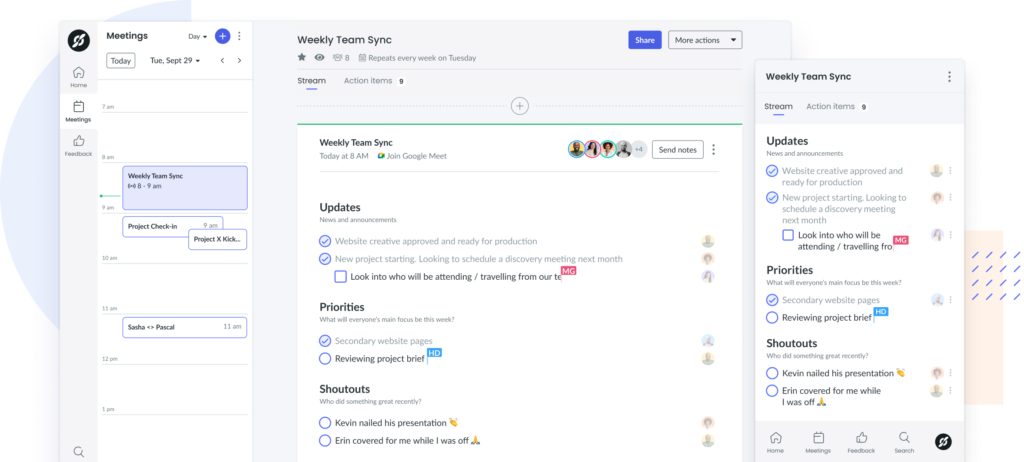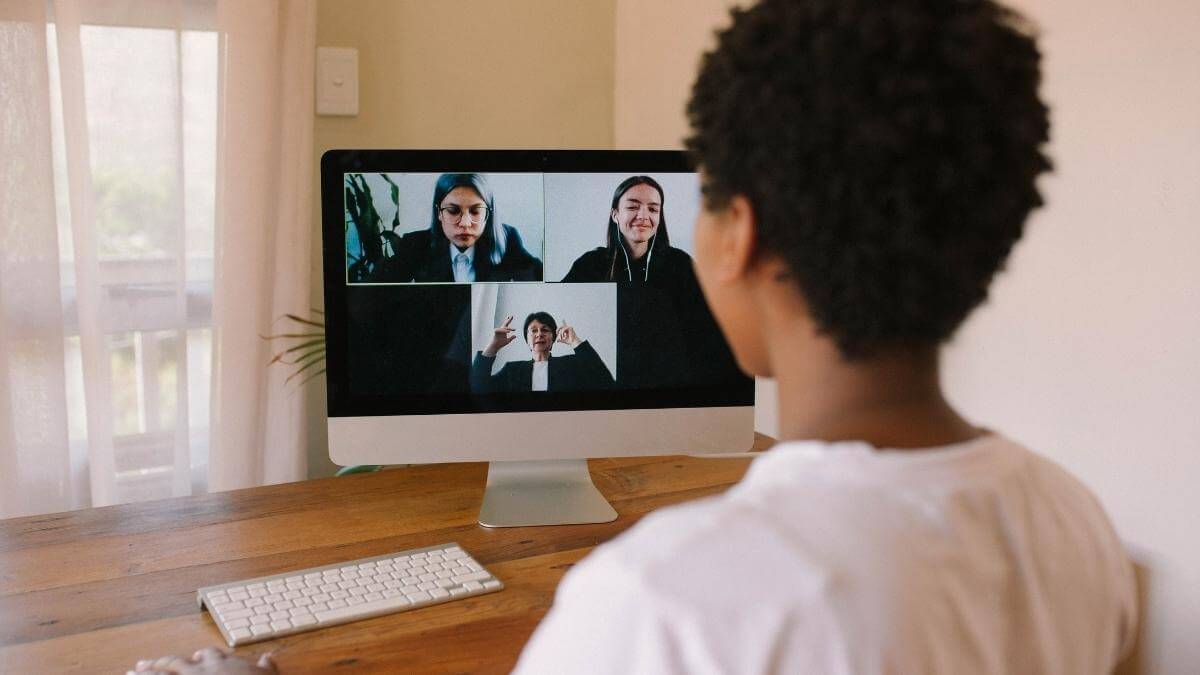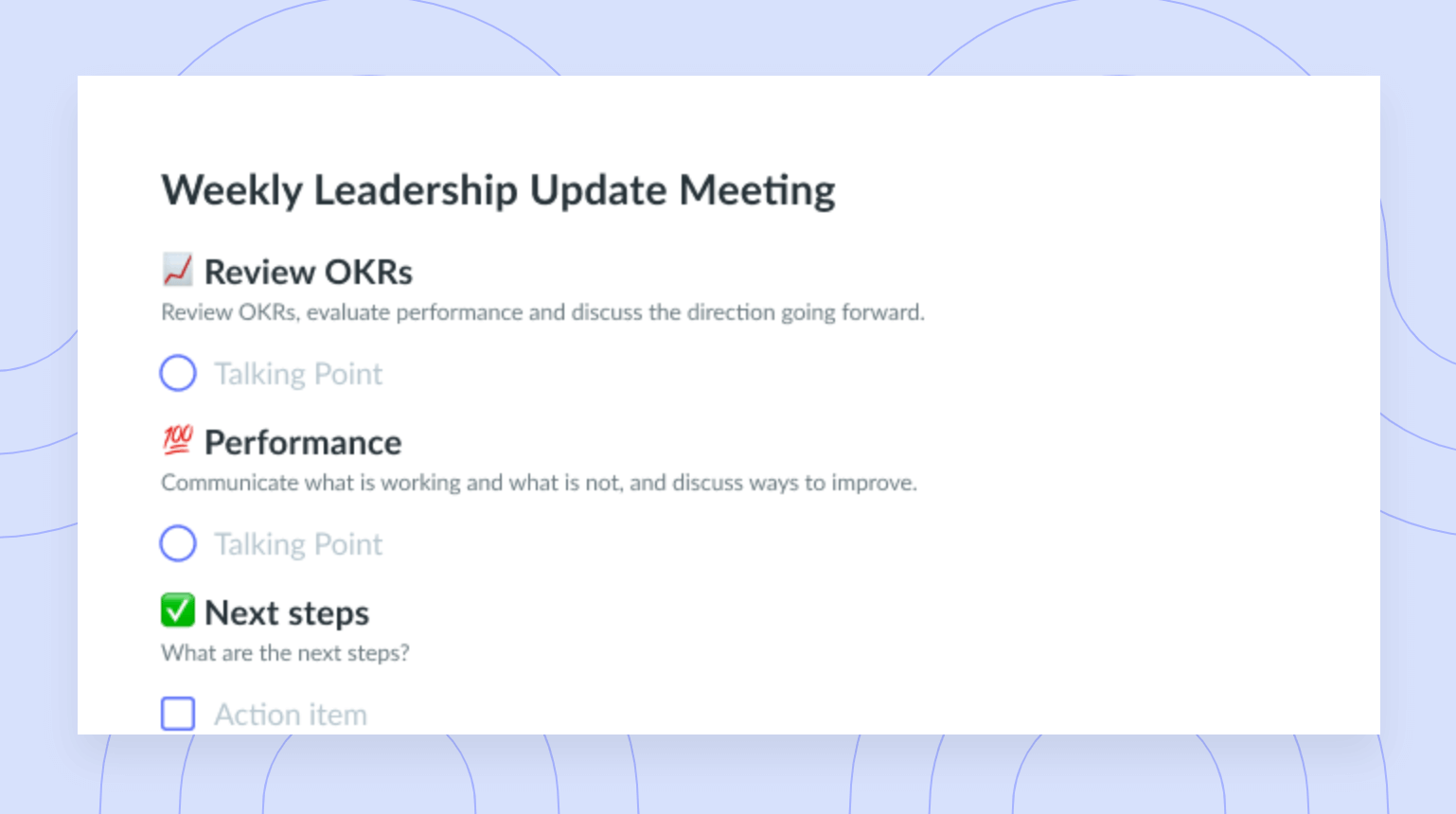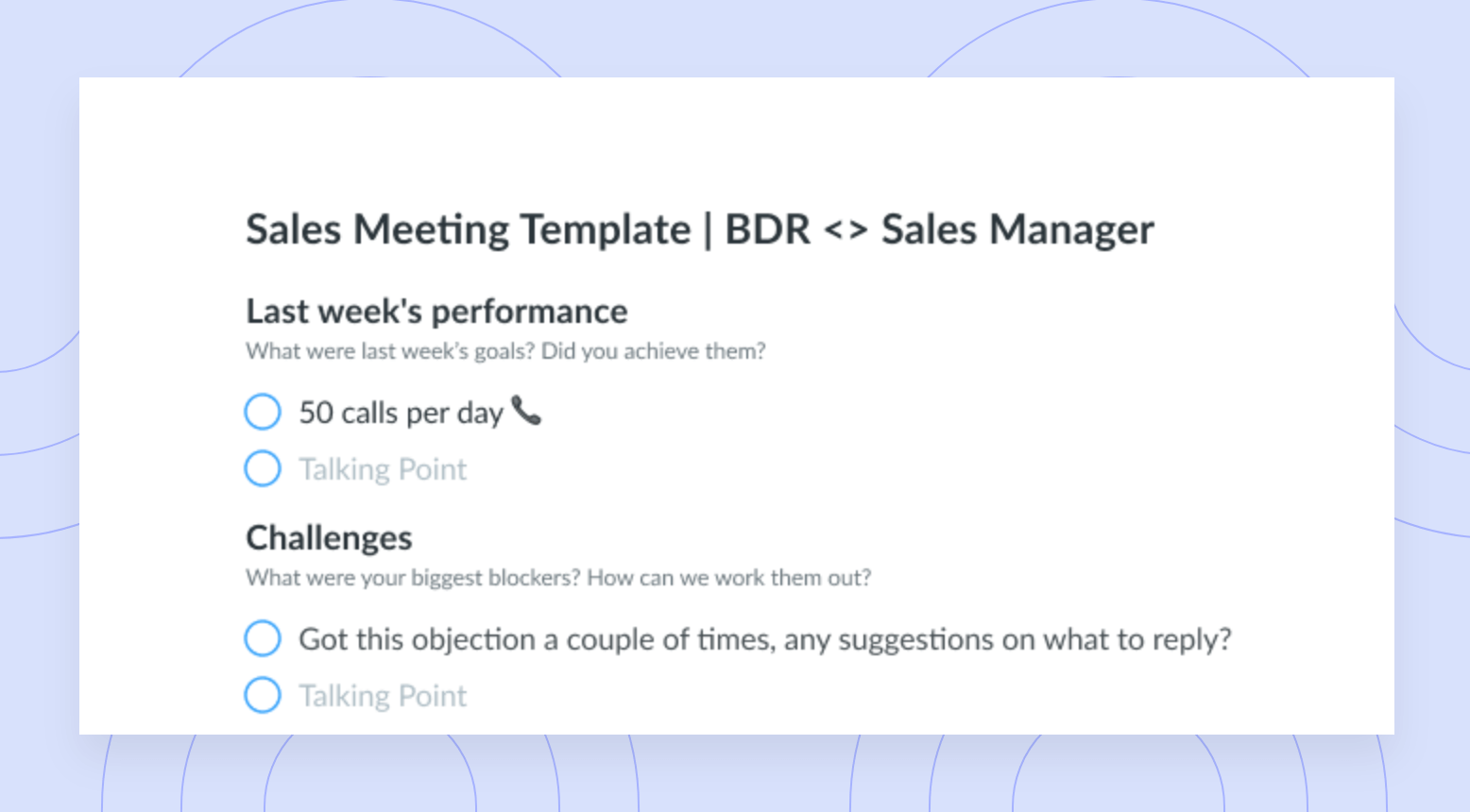Family Meetings: What are They? 12 Tips To Make Them Work
Organize fun family meeting to start fostering honest and productive communication between your family members.
When was the last time your family sat down and had an open, honest conversation? Probably never, because few families gather together for crucial conversations. However, “the family meeting can be a life-changing experience for the entire family if it is conducted properly,” says Robert Mauterstock, Forbes contributor.
So, let’s learn how to run a successful and fun family meeting to foster honest and productive communication between your family!
What are family meetings for?
You may be reading this thinking “who really needs a family meeting”. But, family meetings provide your family with an opportunity to openly talk about family or personal issues and future plans. According to Mauterstock, “many families have found that being able to share their ideas and concerns openly for the first time changes their relationship with each other forever.”
And, before you say that your family already has meetings by gathering for dinner or by the television each night, think about all the distractions around you. Ultimately, a family meeting is a time for your family to gather in a distraction-free environment to give everyone your full attention.
The International Psychology Clinic defined the 10 most common family issues, giving you a few ideas of what to bring up in your family meeting:
- Arguments among family members
- Parenting decisions
- Balancing work life and home life
- Having an unorganized family
- Lacking proper communication
- Having a stressful environment
- Dividing household chores
- Being away from family (long distance)
- Mental illness
- Divorce

Share responsibilities
Having a meeting agenda is a great way to distribute responsibilities and have everyone participate by adding talking points right in Fellow.

12 Tips for a successful family meeting
Let’s look at 12 tips to run a successful family meeting…
- Schedule a family meeting regularly
- Rotate responsibilities
- Have a meeting objective
- Encourage everyone to participate
- Create an agenda
- Make this a fun meeting!
- Share compliments and shoutouts
- Keep track of decisions
- Assign clear action items with due dates
- Switch up the environment
- Choose a length that works for your family
- End with a fun activity
1 Schedule a family meeting regularly
Problems are continuously arising. If you host a family meeting that addresses your current issues, more issues will arise shortly thereafter. And leaving issues unaddressed will create a toxic and uncomfortable environment rather than a safe and loving environment. Therefore, it’s important to schedule family meetings regularly to address issues as they surface.
One argument that many families have regarding family meetings is that they don’t have the time. Every family is busy. Parents are working during the day while children are at school, and afterwards, parents are rushing their children to afterschool activities. This leaves very little time for a family meeting.
So, I suggest choosing how often you want to have this recurring meeting (weekly or monthly, for example) and then choosing one recurring day and time—for instance, every Sunday at 7:00 pm or the first Sunday of every month at 7:00 pm. And when there are conflicting events on this day, try moving the time to an earlier or later time that works for everyone or delaying other events to prioritize your family meeting.
2 Rotate responsibilities
In all kinds of meetings – family or work – meeting roles should be defined and rotated. Why? Because when nobody knows what they are responsible for, it results in meetings beginning and ending late, everyone talking over each other, and nothing getting recorded. Additionally, if meeting roles are not rotated, the same person may end up doing the same role at each meeting, resulting in less collaboration and that person feeling frustrated.
Here are some meeting roles to try out and rotate at each of your family meetings:
- Organizer – responsible for organizing the date and time of the meeting, the invites, and the meeting agenda
- Host – responsible for keeping the meeting on track and executing it promptly. This is achieved by ensuring that the meeting agenda is followed.
- Note-taker – responsible for taking meeting notes on decisions made, tasks assigned, due dates, next steps, and anything else that one would need to retrieve at a later date.
- Time-keeper – responsible for working hand-in-hand with the meeting host to ensure that they are following the time allotted on the meeting agenda and that conversations don’t get off-topic.
- Decision-maker – responsible for stating the final decision that will be recorded.
3 Have a meeting objective
Many meetings are held without a clear objective. As a result, these meetings are a waste of time for everyone involved. Thus, in order to have an effective meeting, you need to start with the WHY.
According to Manuela Bárcenas, marketing manager at Fellow, it’s crucial to focus on the end result for the perfect why. Here are 3 questions Bárcenas suggests asking:
- What do we want to accomplish during the meeting?
- What is the desired outcome from the meeting?
- What do we expect people to do after the meeting is over?
“The most successful family meetings have a well-defined goal, such as relaying information about a major transaction that affects the family fortune, educating younger generations about estate planning, developing a family mission statement, making investment decisions, or creating a philanthropic strategy.”
John Jennings
4 Encourage everyone to participate
You should always avoid the meeting turning into a one-on-one conversation between two attendees. Encouraging participation from everyone is essential for a successful meeting. This is essential because decisions aren’t made from a group perspective without everyone’s insights. Additionally, without everyone’s participation, valuable voices go unheard.
So, to encourage participation during a family meeting, it’s important to create a physiologically safe environment. According to Dr. Sriracha Cashman, cognitive neuropsychologist and coach, “psychological safety is a capacity to feel safe to express your boundaries, trust others to recognize your legitimate concerns, speak up about your fears, issues and what needs to change – all without the risk of being shamed, undermined, or penalized.”
Here are a few tips for creating a psychologically safe environment for your family meetings:
- Prompt empowerment
- Learn to handle opposing views
- Ask for criticism
- Engage human to human
- Encourage risk-taking and failure
- Provide constructive feedback
- Speak last
5 Create an agenda
A meeting agenda is a list of topics, talking points, action items, and activities you plan to discuss during your meeting. Think of it like the setlist at a concert. The artist uses their setlist to ensure that all the correct songs are sung and in the proper order. Similarly, a meeting agenda ensures that all of the talking points, action items, and activities are discussed and in the correct order.
Here is what to include in your meeting agenda for your family meeting:
- Main theme (for example, assign chores)
- Talking points (for example, what chores need to be done)
- Supporting documents (for example, a chores list)
- Decisions (for example, who is assigned to each chore)
- Action items (for example, when each chore must be completed)
6 Make this a fun meeting!
Common things that people associate meetings with are terms like tedious, lengthy, and time-consuming. But, if you’re hosting successful meetings, these terms will not apply. Instead, words like productive, delightful, and time-efficient should apply.
So, here are 6 ways to make your family meetings fun:
- Ice breakers – even though you know pretty much everything about your family members, silly questions like “what would be your dream vacation” can set the stage for a positive conversation.
- Show and tell – although you also likely know what your family members’ hobbies are, having them show you lets them know that you care. For example, if your child likes video games, let them show you their favorite popular video game and highest score. Or, if you enjoy scrapbooking, show your family your newest additions to your scrapbook!
- Let people take ownership – If one member of your family is not as engaged as the others, consider assigning ownership to different parts of the meeting. For example, having one person manage icebreakers and another manage the show and tell.
- Celebrate wins – your family goes through a lot together. Whether it be one of your family members winning their hockey tournament or another getting a job promotion, celebrating these things as a family will bring everyone together.
- Encourage shoutout – life is busy, and sometimes we forget to show our appreciation for family members. For example, if one member of your family has helped out around the home more than usual to compensate for the other members’ busy schedules, a quick thank you goes a long way in showing your appreciation.
- Play a game – taking some time to play a game with your family will serve as bonding time and ensure your meeting is fun. A simple game that you can play is two truths and one lie, where the other players have to guess which statement is the lie.
7 Share compliments and shoutouts
Compliments and shoutouts show appreciation to other members of your family. According to Positive Discipline,
- Compliments create a positive atmosphere.
- Children learn to be good finders when they look for and verbalize the things they appreciate about family members.
- Children usually fight less when they participate in regular family meetings, beginning with compliments.
- It is important to have each member of the family compliment other members of the family, so everyone feels a sense of belonging and significance.
8 Keep track of decisions
We all have busy lives and millions of thoughts rushing through our heads at every moment. So, remembering decisions made during a meeting can be very difficult. This is why it’s important to take meeting minutes.
Meeting minutes are detailed, formal transcripts of the meeting. These transcripts include action items discussed, decisions made, and the next steps to be taken. These meeting minutes are then shared with everyone after the meeting ends to be referenced at a later date.
For example, if your meeting is about assigning chores, you would record the chores you decided on, who was assigned to each one, and when the chores are due. Meeting minutes also foster accountability since there is no excuse for forgetting your responsibilities.
9 Assign clear action items with due dates
If action items are unclear, meeting participants will not be able to complete their work successfully. Referring back to the chores example, if the chore is not apparent, your family member may either do the wrong chore or just not do it at all.
Similarly, if there are no due dates on when the chores are completed, they will get pushed aside and forgotten about. According to Leslie Riopel, MSc., psychology professor, “deadlines help improve the effectiveness of a goal.” Thus, deadlines are essential to ensure that action items are completed.
10 Switch up the environment
One thing that you want to avoid in meetings is the feeling of repetitiveness. Repetitiveness can result in attendees resenting meetings because they become dull and predictable over time. Thus, a tip to avoid repetitive meetings is to switch up the environment.
For example, rotate rooms in your home for your family meetings. Some places you could try are the kitchen, living room, basement, dining room, or home office. Depending on the size of your house, you can get creative. You can also try going outside your home, like to a park or renting a room in your public library. Just remember to choose a location with minimal distractions.
Additionally, Jennings suggests conducting your family meetings at a travel destination to encourage attendance; “To encourage high attendance, have the meeting at a travel destination such as a ski resort or family beach house to make it feel more like a vacation.”
11 Choose a length that works for your family
Choosing the length of your family meetings will depend on your family’s needs. If you have young children, for example, then you will likely have shorter meetings than a family with older children. This is because young children have a more challenging time focusing for extended periods; thus, it’s best to keep the meetings as short as possible to cater to their short attention spans. Once you find a time that works for you, record that time on your meeting agenda to keep you on track.
12 End with a fun activity
At the end of your family meetings, you may feel some tension in the air – especially if you were hashing out some sensitive topics or issues. Therefore, it’s important to end with a fun activity to leave your family members feeling positive and motivated to fulfill their action items.
One way to end your meeting on a positive note is to ask a fun question. For example, “what was something you learned this week” or “what was an unexpected win from last week.” Another tip comes from Cameron Herold, entrepreneur and author, who says to end your meetings with a cheer; “No matter how strange or embarrassing it seems at first, make sure everyone cheers at the end of the huddle. This will feel awkward at first, but everyone will grow to love it.”
Parting advice
“Most families have never gathered together as a group to discuss critical family issues. This meeting will probably be the first time they sit down together with a specific agenda and an outside facilitator who will direct their conversation,” says Mauterstock.
Whether you’re trying out a family meeting for the first time or looking for ways to level up your family meetings, the above advice will set you up for a successful and fun family meeting!




























